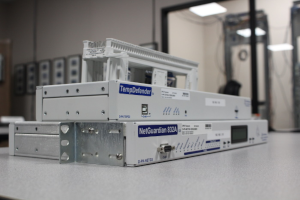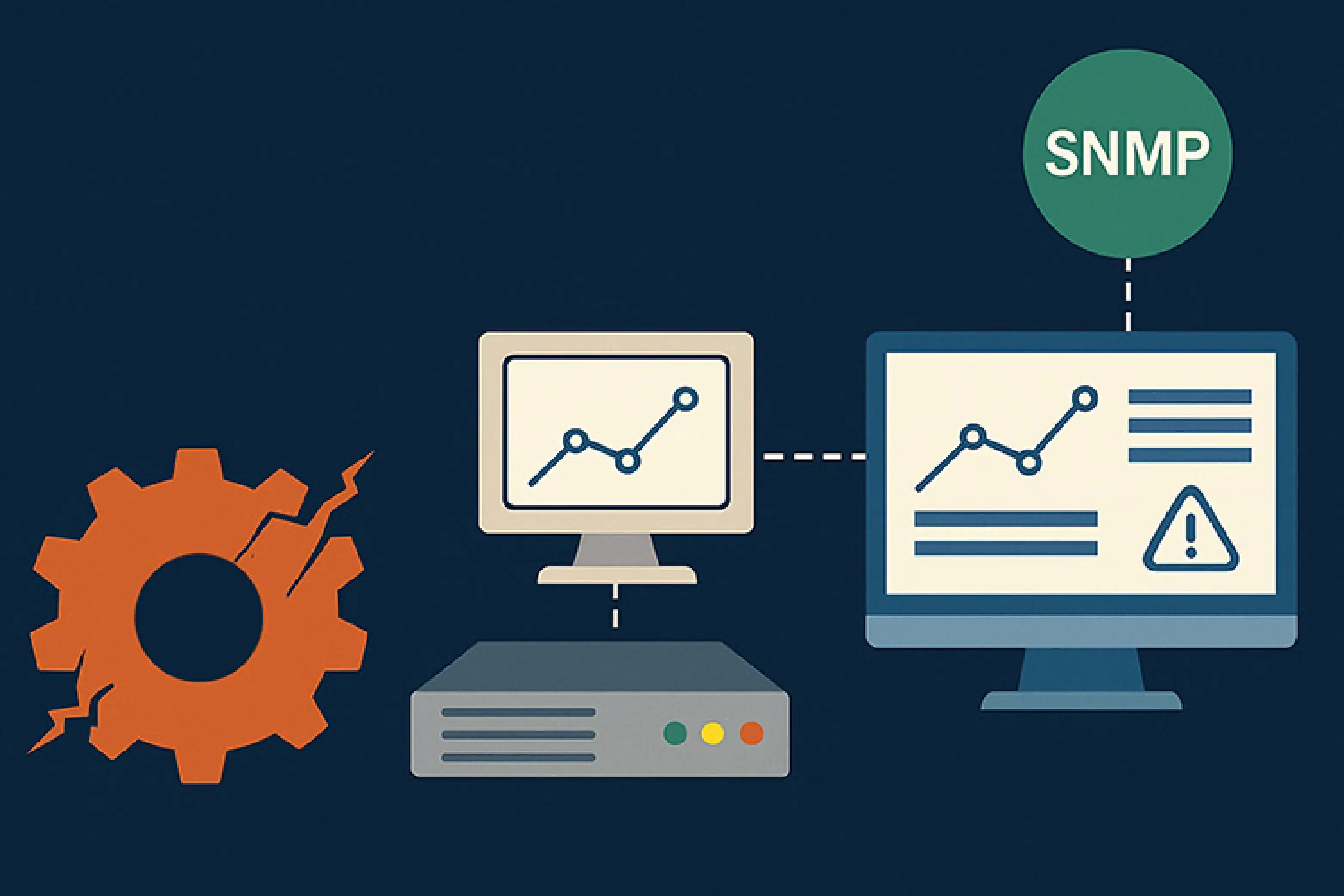Check out our White Paper Series!
A complete library of helpful advice and survival guides for every aspect of system monitoring and control.
1-800-693-0351
Have a specific question? Ask our team of expert engineers and get a specific answer!
Sign up for the next DPS Factory Training!

Whether you're new to our equipment or you've used it for years, DPS factory training is the best way to get more from your monitoring.
Reserve Your Seat TodayWhen you're dealing with older telemetry systems, there's often one stubborn issue that blocks any hope of modernization: protocol compatibility.
You've got legacy gear. Maybe you have old master radios or RTUs running proprietary protocols. This gear is still technically working, and the data is making its way into a local computer somewhere. However, now you're ready to take the next step.
You want centralized visibility, modern security, and SNMP integration with your NMS.
That's exactly where a recent client found themselves: stuck between legacy gear that "mostly works" and the future they knew they needed.
The good news is you don't need to rip everything out to move forward...

This client had about 30 devices communicating through a protocol converter. The data from the field units was flowing (sort of) into a central PC. Unfortunately, the entire setup relied on an outdated proprietary protocol and some homebrew Python scripts just to interpret the data.
What they really wanted was simple:
They'd already started decompiling old Python code and had a partial understanding of the protocol. They even had some original documentation tucked away.
They stopped short, though, leaving more to be desired from their system.
Usually in these situations, you've got a legacy protocol, and you're not ready (or able) to replace all of your field units. As a result, most people in this position take what seems like the easiest path:
"Let's just build a protocol gateway ourselves."
At first glance, that seems smart. You've got Python skills on your team and you've got data coming in. Why not throw together a quick script to convert legacy messages into SNMP traps?
The problem is, in real-world deployments, these quick fixes rarely last. The lifespans of these solutions are so short because:
Even if you've got some documentation or Python scripts from a former vendor, you'll still run into problems like:
The list goes on.
Every hour you spend deciphering undocumented behavior is an hour you're not spending on your actual productive activities.
What happens when the person who built your homebrew gateway leaves? You're now stuck using a critical tool that no one else on your team knows how to maintain. That means updates get delayed, bugs linger, and you've got no vendor support to call when things break.
That's "tech debt" you'll be carrying for years.
Legacy protocols weren't built with security in mind. If you're pushing that data into SNMPv3, you need to ensure encrypted traps, user authentication, and validation. That's not trivial to write from scratch, or to audit for vulnerabilities.
When you do it yourself, SNMP security often becomes an afterthought. That's a major risk for infrastructure networks.
A Python script might work fine for testing one or two units. But what about 30 to 100 units?
As your site count grows, your patchwork solution will crack under the pressure. Suddenly, your "simple script" needs a config database, health monitoring, logging, error correction, version control, backup systems, and more.
At that point, you've basically just built a product. Why not simply buy one that's already proven instead?
Imagine you have a system where:
That's the kind of solution we help clients build every day.
You don't have to start over. You just have to bridge the gap intelligently with a good technology partner.
At DPS, we've built our entire business around helping clients move from legacy systems to modern, manageable infrastructure - without breaking what already works.
We've helped numerous clients integrate legacy systems using the following methods:
This kind of work isn't new to us. It's what we do.
Once we understand your protocol (from docs, scripts, or captured traffic), we can typically:
In the case of this recent client, we asked:
Those answers help us build your proposal - fast.
You've probably dealt with an old legacy system for years. It's clunky and fragile, but it hasn't broken badly enough (yet) to justify a full replacement.
The longer you wait, though, the worse it gets:
What's the cost of one critical alarm you don't get because your homebrew gateway failed? You could miss:
One missed event could cost thousands - or more.
The beauty of SNMP mediation is that it allows for incremental modernization. You don't have to rip and replace everything. Instead, you build a bridge between where you are and where you're going.
You can even set up a parallel test environment with real traffic flowing through both the legacy and modern systems - until you're ready to fully cut over.
Once you've got that SNMP visibility, you can start layering in additional benefits:
This gives you more than just a patch. It's a sustainable transition path.
If you're sitting on a legacy protocol setup and you're ready to move forward, here's what we need from you to get started:
You don't have to settle for fragile workarounds, unsupported hardware, or half-working scripts.
You also don't have to spend millions replacing every RTU or master in your fleet.
With the right SNMP mediation strategy, you can modernize your visibility, tighten your security, and lay the groundwork for a future-ready network - all without starting over.
If you're ready to make your monitoring system smarter, faster, and easier to manage, we're ready to help.
Contact DPS Telecom today:
Call us at 559-454-1600
Email: sales@dpstele.com
We'll help you review your current system, identify any gaps, and develop a clear upgrade path. Whether it's a simple protocol bridge or a full monitoring overhaul, you'll get a solution that works - for today and tomorrow.

Andrew Erickson
Andrew Erickson is an Application Engineer at DPS Telecom, a manufacturer of semi-custom remote alarm monitoring systems based in Fresno, California. Andrew brings more than 19 years of experience building site monitoring solutions, developing intuitive user interfaces and documentation, and opt...